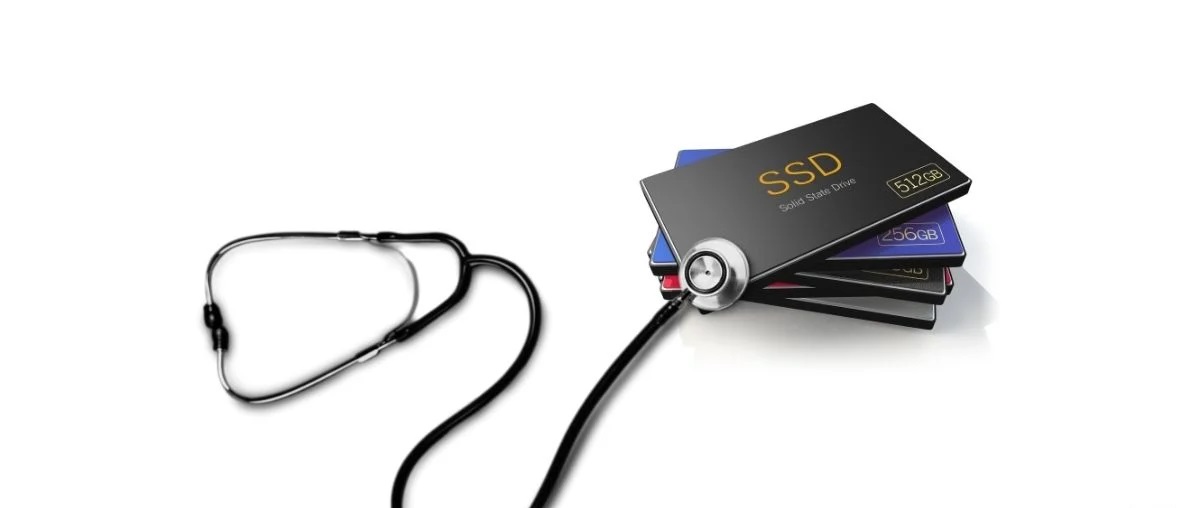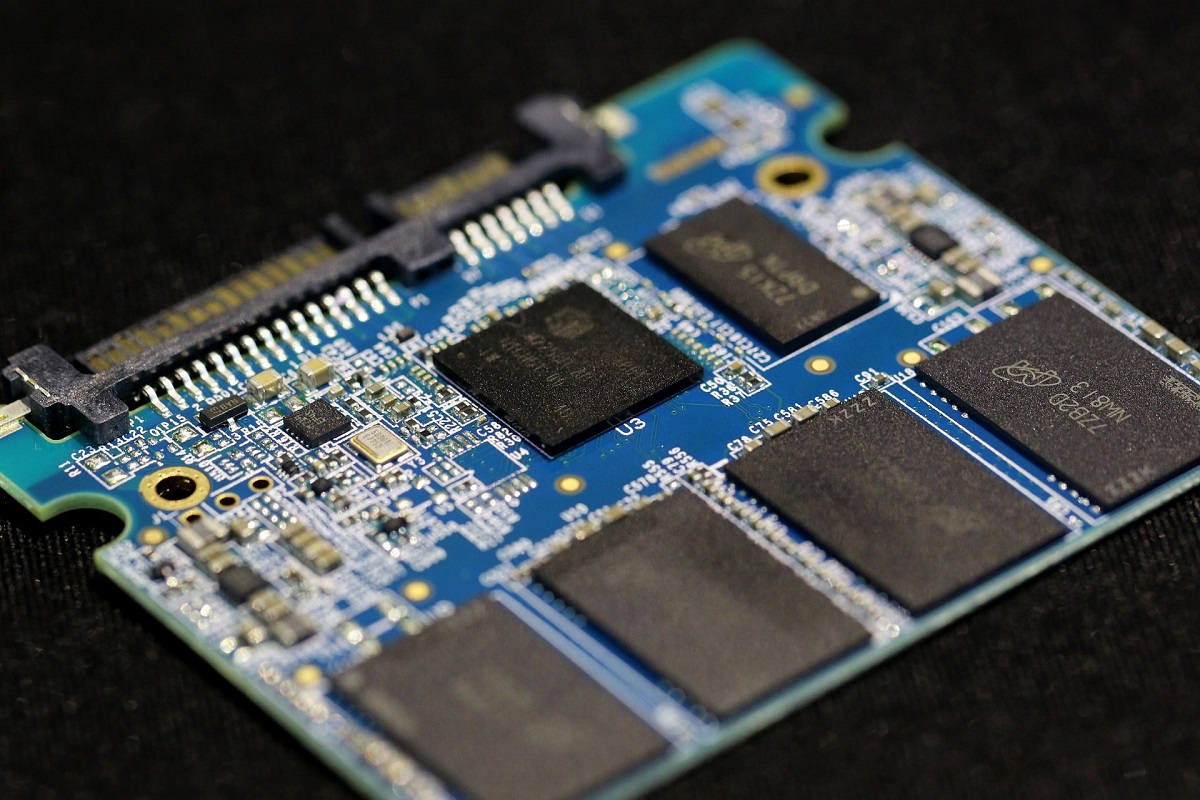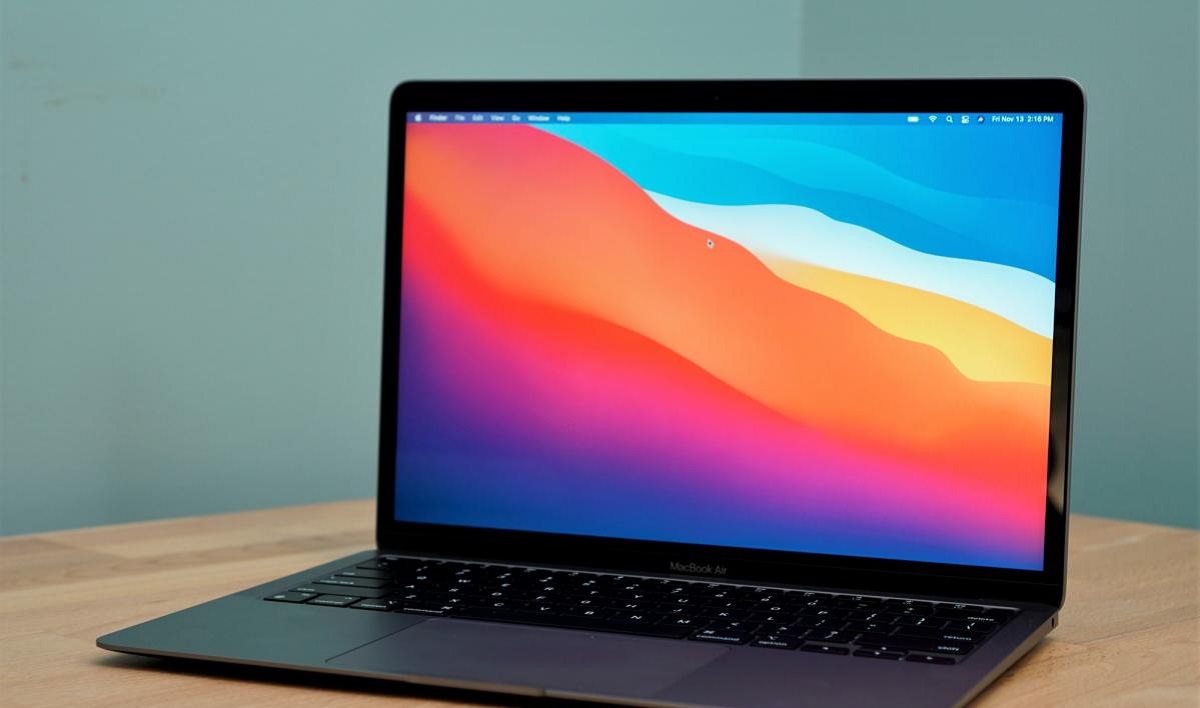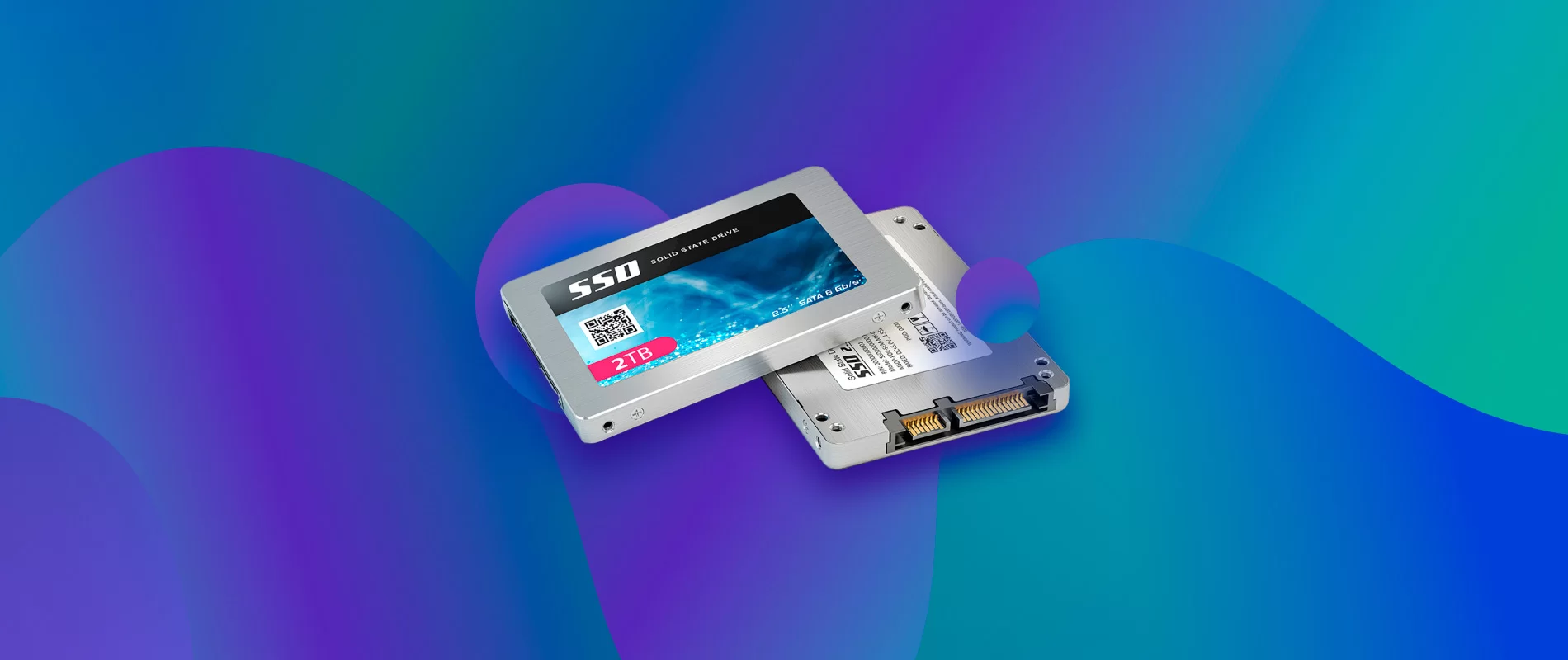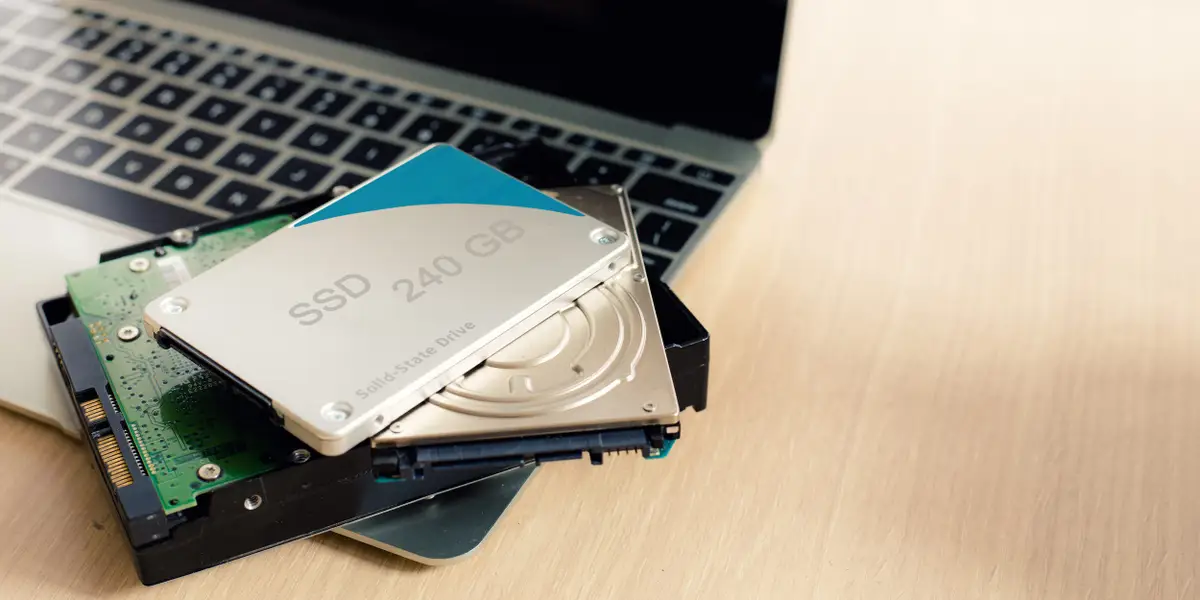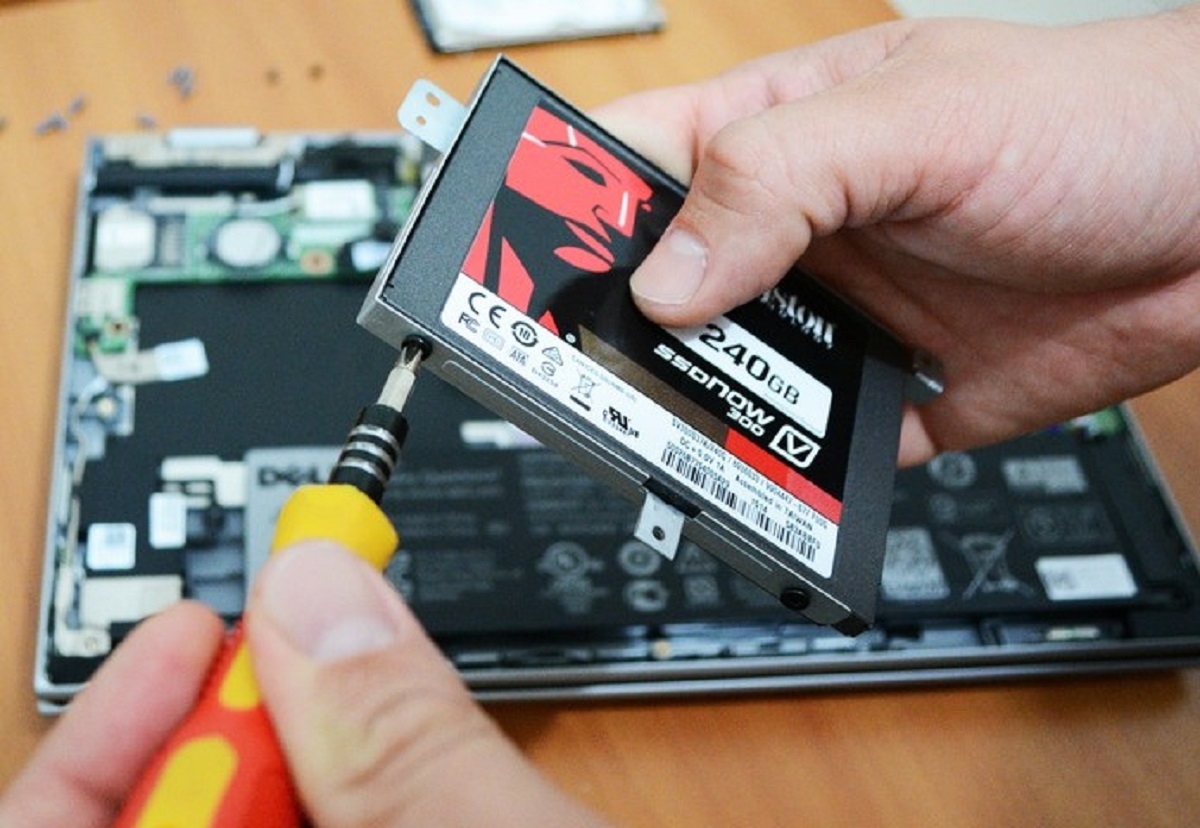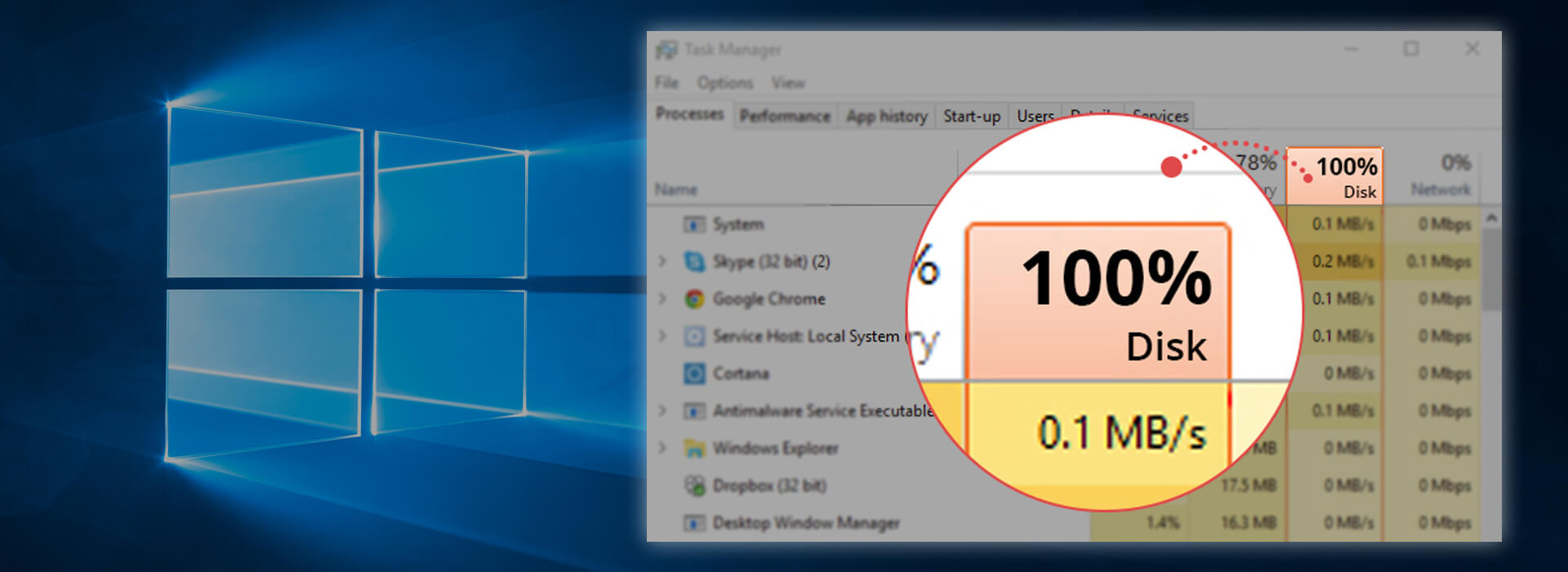Introduction
Welcome to the world of Solid State Drives (SSDs), the fast and reliable storage solution that has revolutionized the computing landscape. With their lightning-fast speeds and improved durability compared to traditional hard drives, SSDs have become increasingly popular among computer users. However, just like any other hardware component, SSDs can unfortunately experience failures. It is essential to be aware of the signs that your SSD might be failing so that you can take appropriate action to prevent potential data loss and system failures.
In this article, we will explore the common symptoms of a failing SSD and discuss various methods to check the health and performance of your drive. By familiarizing yourself with these indicators and diagnostic tools, you can arm yourself with the knowledge to detect potential issues early on and take necessary measures to safeguard your valuable data.
Whether you are a computer enthusiast, a professional user, or simply someone concerned about the performance and longevity of your storage drive, understanding how to check if your SSD is failing is crucial. By being proactive and regularly monitoring your SSD’s health, you can address any potential issues before they escalate into catastrophic failures.
So, if you are ready, let’s dive into the world of SSD health and explore the various methods to assess the condition of your solid state drive. By the end of this article, you will have the knowledge and tools necessary to ensure the reliability and longevity of your SSD-based storage solution.
Symptoms of a Failing SSD
Recognizing the warning signs of a failing SSD is essential for prompt action. While SSDs are generally more reliable than traditional hard drives, they can still experience issues over time. Here are some common symptoms that may indicate your SSD is failing:
- Slow or sluggish performance: One of the primary indications of a failing SSD is a noticeable decrease in overall system performance. If your computer takes an unusually long time to boot up or open applications, it could be a sign that your SSD is struggling to read and write data effectively.
- Frequent file corruptions: Another symptom of a failing SSD is the occurrence of file corruptions. If you find that your files are becoming corrupted or returning errors when accessed, it may be an indication that your SSD’s cells are deteriorating and causing data loss.
- Random system crashes: A failing SSD can lead to frequent system crashes or sudden restarts. If your computer becomes unstable and experiences sudden freezes or blue screens of death (BSOD), it’s worth investigating whether your SSD is the root cause.
- Unusual noises: While SSDs are typically silent, a failing drive may produce unfamiliar sounds such as clicking, grinding, or buzzing noises. These noises could indicate mechanical issues or component failures within the SSD.
- Unresponsive or disappearing drive: If your computer fails to recognize your SSD or if it disappears from the list of available drives, it suggests a possible SSD failure. This can also be accompanied by error messages indicating a missing or inaccessible drive.
It’s important to note that experiencing a single symptom doesn’t necessarily mean your SSD is failing; it could be due to other factors such as software conflicts or malware. However, if you notice multiple symptoms appearing together, it’s advisable to investigate the health of your SSD and take appropriate measures to prevent potential data loss.
In the next sections, we will explore various methods to check the health of your SSD and determine whether it’s experiencing any issues that require attention.
Checking the SMART Status
The Self-Monitoring, Analysis, and Reporting Technology (SMART) is a built-in feature in most modern SSDs that monitors their health and performance. Checking the SMART status of your SSD can provide valuable insights into its overall condition. Here’s how you can do it:
1. Using Disk Utility on macOS:
If you’re using a Mac, you can check the SMART status of your SSD using the Disk Utility application. Simply follow these steps:
- Open Disk Utility from the Applications folder or by searching for it in Spotlight.
- Select your SSD from the list of drives on the left-hand side.
- Click on the “S.M.A.R.T. Status” tab in the right-hand window.
- If the status says “Verified,” it means your SSD is in good health. If it says “Failing” or “Not Supported,” it indicates potential issues.
2. Using CrystalDiskInfo on Windows:
For Windows users, CrystalDiskInfo is a popular third-party tool that can provide detailed information about your SSD’s SMART status. Here’s how you can use it:
- Download and install CrystalDiskInfo from the official website (crystalmark.info).
- Launch the software and look for your SSD in the list of drives.
- The “Health Status” field will display the SMART status of your SSD. A status of “Good” means your SSD is functioning properly.
Checking the SMART status is a quick and convenient way to get an initial assessment of your SSD’s health. If the SMART status indicates any issues, it’s recommended to proceed with further diagnostic tests to identify the underlying problem.
Now that you know how to check the SMART status, let’s explore additional diagnostic tools and methods to ensure the optimal performance and longevity of your SSD.
Using Built-in Diagnostic Tools
Many SSD manufacturers provide built-in diagnostic tools that are specifically designed to assess the health and performance of their SSDs. These tools can offer more in-depth information than the SMART status alone. Here’s how you can use the built-in diagnostic tools:
1. Samsung Magician:
If you have a Samsung SSD, you can utilize the Samsung Magician software to perform diagnostic tests. Follow these steps:
- Download and install the Samsung Magician software from the official Samsung website.
- Launch the program and navigate to the “Drive Details” tab.
- Here, you can view the drive’s SMART information, firmware version, and overall health status.
- Additionally, Samsung Magician offers performance optimization features and the ability to update the firmware to ensure the SSD is running at its best.
2. Crucial Storage Executive:
For Crucial SSDs, you can use the Crucial Storage Executive software to diagnose and monitor your drive’s health. Follow these steps:
- Download and install Crucial Storage Executive from the official Crucial website.
- Launch the software and select your Crucial SSD from the list of drives.
- In the tool’s dashboard, you can check the drive’s overall health status, firmware version, and view various performance metrics.
- Crucial Storage Executive also provides optimization utilities to enhance your SSD’s performance.
These are just a couple of examples of built-in diagnostic tools for specific SSD brands. Check the website of your SSD manufacturer to see if they offer a similar tool for their drives.
By using these diagnostic tools, you can gain access to detailed information about your SSD’s health, including temperature, wear leveling, and remaining lifespan. Regularly monitoring your SSD’s condition using these tools can help you detect any early signs of failure and take appropriate actions, such as firmware updates or maintenance procedures, to enhance its performance and prolong its lifespan.
Now that you’re familiar with using built-in diagnostic tools, let’s explore other methods for checking your SSD’s health.
Running Disk Health Checks
Running disk health checks is another effective method to assess the overall health and performance of your SSD. These checks can help identify any potential issues that may not be detected by SMART status or built-in diagnostic tools. Here are some common disk health check methods:
1. Windows Error Checking:
Windows provides a built-in error checking tool that can scan and repair file system errors on your SSD. Here’s how to use it:
- Open File Explorer and right-click on your SSD drive.
- Select “Properties” from the context menu.
- In the Properties window, go to the “Tools” tab and click on “Check” under the Error-checking section.
- Follow the prompts to initiate the scan and let Windows check for any errors on your SSD. If any issues are found, you can choose to repair them.
2. Third-party Disk Health Check Software:
There are several third-party software applications available that specialize in disk health checks and can provide a more comprehensive assessment of your SSD’s condition. Some popular options include CrystalDiskMark, HD Tune, and DiskCheckup. Download and install the software, then run a scan on your SSD to identify any performance or health issues.
3. Command Line Tools:
For advanced users, utilizing command line tools like CHKDSK (Check Disk) or SFC (System File Checker) on Windows, or the fsck command on macOS, can help detect and repair disk errors. These tools can be accessed through the command prompt or terminal and provide more detailed information about the health of your SSD.
Regularly performing disk health checks is essential to ensure the integrity of your SSD. By identifying and resolving any accumulated errors or inconsistencies, you can optimize the performance and longevity of your drive and minimize the risk of potential failures and data loss.
In the next section, we will explore using third-party software to monitor the health of your SSD.
Using Third-Party Software to Monitor SSD Health
While built-in diagnostic tools and disk health checks can provide valuable insights into your SSD’s health, using third-party software dedicated to monitoring SSD health can offer even more comprehensive information and advanced features. Here are some popular third-party software options:
1. CrystalDiskInfo:
CrystalDiskInfo, mentioned earlier for checking the SMART status, also serves as an excellent tool for monitoring SSD health. It provides real-time data on crucial parameters such as temperature, lifespan, read/write speeds, and S.M.A.R.T. attributes. By regularly monitoring this information, you can stay informed about your SSD’s performance and take proactive measures if any anomalies arise.
2. SSD Health:
SSD Health is a user-friendly software that offers an intuitive interface and comprehensive monitoring capabilities. It provides real-time information about your SSD’s temperature, remaining lifespan, wear level, and other performance parameters. Additionally, it alerts you if any critical issues are detected, allowing you to take immediate action to prevent further problems.
3. Samsung Magician:
If you own a Samsung SSD, the Samsung Magician software, in addition to its diagnostic tools, also provides advanced monitoring features. It allows you to track the health status, performance, and temperature of your SSD. It even provides optimization features to improve your SSD’s performance and longevity.
Using third-party software to monitor your SSD’s health gives you a comprehensive view of its overall performance and helps you identify potential issues before they become critical. By regularly checking the health parameters, you can take necessary precautions and perform maintenance activities to ensure your SSD’s optimal performance and durability.
In the following section, we will discuss how to check for physical damage to your SSD.
Checking for Physical Damage
In addition to monitoring the software and health parameters of your SSD, it’s important to check for any physical damage that could potentially affect its performance. Here are some steps you can take to inspect your SSD for physical damage:
1. External Inspection:
Start by visually inspecting the exterior of your SSD. Look for any visible signs of damage such as cracks, dents, or loose connectors. Make sure all cables and connections are secure and properly fitted.
2. Internal Inspection:
If you are comfortable and have the necessary technical skills, you can open your computer’s case and inspect the internal components, including the SSD. Ensure that the SSD is securely mounted and that there are no loose screws or connections. Examine the circuit board for any signs of burn marks or damage.
3. Power and Data Cable Check:
If you suspect physical damage to your SSD, check the power and data cables connecting it to the motherboard. Ensure that they are properly seated and undamaged. Consider replacing the cables if you notice any signs of wear or damage.
4. External Drive Enclosure:
If you are using an external SSD, inspect the enclosure for any physical damage. Look for cracks, dents, or any signs of moisture or liquid damage. Check the connection port on the enclosure for any bent or damaged pins.
By regularly checking for physical damage, you can identify any issues that may affect the performance or reliability of your SSD. Fixing or replacing damaged components early on can help prevent further damage and potential data loss.
Now that we’ve covered how to check for physical damage, let’s move on to the importance of backing up your data.
Backing Up Your Data
Backing up your data is an essential practice that should be followed regardless of your storage device’s health. It serves as a safeguard against potential failures, including those of your SSD. Here’s why backing up your data is crucial:
1. Protection Against Data Loss:
Data loss can occur due to various reasons, such as hardware failures, accidental deletion, or even malware attacks. By regularly backing up your data, you ensure that even if your SSD fails or experiences issues, you still have a copy of your important files and documents.
2. Recovery after SSD Failure:
In the unfortunate event that your SSD fails, a recent backup allows you to quickly recover your data and get back up and running. By having a backup stored on a separate storage device or cloud service, you eliminate the risk of losing valuable information permanently.
3. Peace of Mind:
Knowing that you have a backup of your data provides peace of mind. It alleviates the stress and worry that come with the possibility of data loss. With a reliable backup in place, you can focus on using your SSD without constantly fearing the consequences of a failure.
4. Ease of Transition to a New SSD:
If you need to replace your failing SSD with a new one, having a backup simplifies the process. You can easily transfer your data from the backup to the new SSD, minimizing downtime and ensuring a seamless transition.
There are various methods to back up your data, including using external hard drives, network-attached storage (NAS) devices, or cloud storage services. Choose a backup method that suits your needs and preferences, and establish a regular backup schedule to ensure you have the most recent version of your data stored in a safe location.
Remember, backing up your data is not a one-time task but an ongoing process. Regularly review your backup strategy, test the restore process, and update your backups as needed. By implementing a solid backup plan, you can mitigate the risk of data loss and ensure the safety of your valuable information.
In the next section, we will discuss the importance of contacting the manufacturer for assistance when dealing with a failing SSD.
Contacting the Manufacturer for Assistance
If you suspect that your SSD is failing or experiencing issues, it is recommended to reach out to the manufacturer for assistance. Here are some reasons why contacting the manufacturer is important:
1. Warranty Coverage:
Most SSDs come with a warranty from the manufacturer that covers defects or failures within a specified period. By contacting the manufacturer, you can inquire about the warranty and determine if your SSD’s issues are eligible for repair or replacement.
2. Technical Support:
Manufacturers often provide technical support services to help diagnose and troubleshoot issues with their products. They have the expertise and resources to assist you in resolving problems or providing guidance on next steps.
3. Firmware Updates:
Manufacturers regularly release firmware updates to address bugs, improve performance, and enhance compatibility. Contacting the manufacturer allows you to inquire about any available firmware updates for your SSD, which may help resolve certain issues or optimize its performance.
4. Product Recall or Known Issues:
In some cases, manufacturers may issue product recalls or acknowledge known issues with specific SSD models. By contacting the manufacturer, you can check if there are any recalls or known issues associated with your SSD and inquire about any necessary actions or solutions.
5. Professional Expertise:
Manufacturer support teams are staffed with professionals who have in-depth knowledge of their products. They are equipped to guide you through troubleshooting steps or provide specialized advice based on their experience and expertise.
When contacting the manufacturer, be prepared to provide information such as the SSD model, serial number, and a detailed description of the problem you are experiencing. This will help expedite the troubleshooting and support process.
Remember, the manufacturer is the best source of information and support when it comes to their products. By reaching out to them, you can take advantage of their resources and expertise to resolve issues and ensure the best possible outcome for your failing SSD.
In the final section, we will summarize the key points covered in this article.
Conclusion
Ensuring the health and reliability of your SSD is crucial for maintaining the performance and longevity of your storage solution. By monitoring the signs of a failing SSD, checking the SMART status, using diagnostic tools, running disk health checks, monitoring with third-party software, checking for physical damage, backing up your data, and reaching out to the manufacturer for assistance, you can take proactive steps to identify and address any issues with your SSD.
By familiarizing yourself with the symptoms of a failing SSD, you can be vigilant in identifying potential issues such as slow performance, file corruptions, crashes, unusual noises, or drive recognition issues. Checking the SMART status can provide valuable insights into your SSD’s overall health, while built-in diagnostic tools and third-party software can offer more comprehensive monitoring capabilities.
In addition to software-based checks, it’s important to physically inspect your SSD for any signs of damage and ensure that cables and connections are secure. Regularly backing up your data is a critical practice that protects against data loss and provides a peace of mind. Finally, contacting the manufacturer for assistance can help you navigate warranty coverage, technical support, firmware updates, and any known issues or recalls specific to your SSD.
By adopting these practices and staying proactive in monitoring and maintaining your SSD, you can enhance its performance, maximize its lifespan, and safeguard your valuable data. Remember that early detection of potential issues is key to preventing severe failures and minimizing the risk of data loss.
We hope this article has provided you with valuable insights and guidance on checking the health and reliability of your SSD. By implementing these practices, you can ensure that your SSD continues to be a reliable and high-performing storage solution for all your computing needs.









